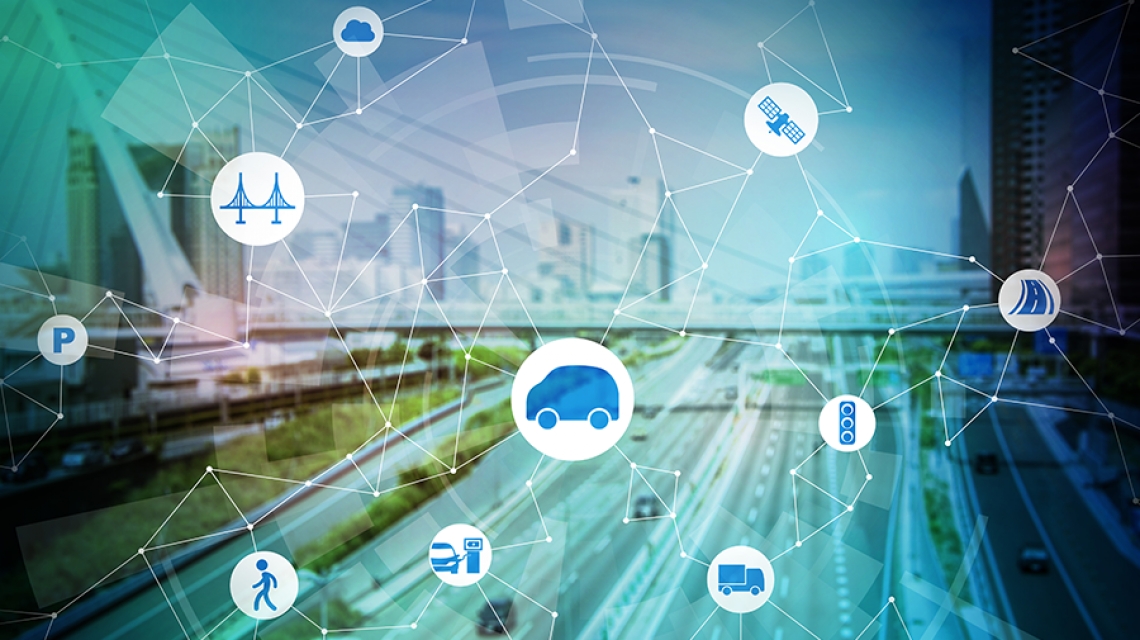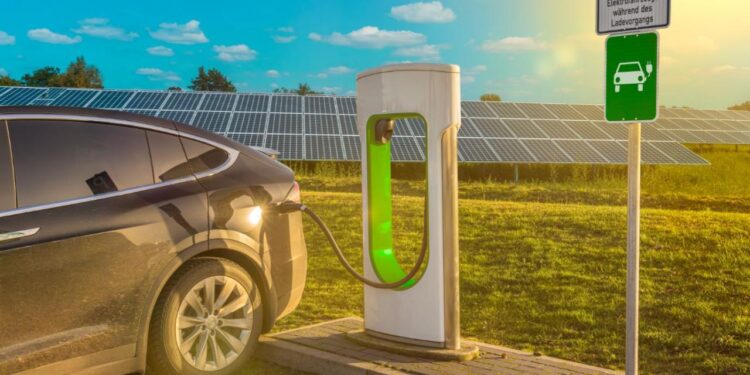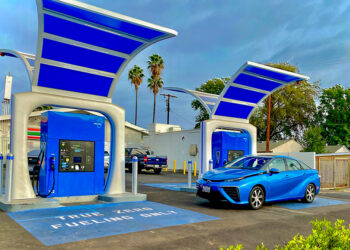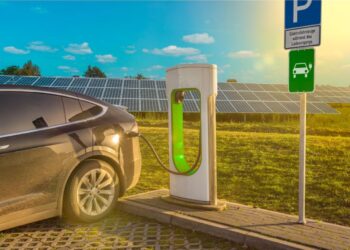The way we move around our world is a primary driver of global change. For over a century, transportation has relied heavily on fossil fuels, contributing to air pollution, climate change, and urban congestion. However, a new era is dawning, one driven by a collective commitment to creating a healthier, cleaner, and more efficient future. The sustainable transport revolution is not a single technology but a holistic movement, encompassing everything from electric vehicles to smart city planning and innovative public transit systems. This transformation is poised to redefine our urban landscapes, improve public health, and create a more resilient and equitable society.
This comprehensive article will take you on a deep dive into the most significant sustainable transport solutions emerging today. We will explore the critical role of electric vehicles, the rise of shared and micro-mobility, the integration of smart technology into our infrastructure, and the innovative policies that are making these changes possible. By the end, you will have a clear understanding of how these solutions are not just about reducing carbon emissions but about creating a more vibrant and livable world for everyone. The future of transportation is being built one sustainable solution at a time, and its impact will be profound and lasting.
A. The Power of Electrification

The most visible and impactful sustainable transport solution is the shift from internal combustion engines to electric power. Electric Vehicles (EVs) are at the forefront of this movement, offering a cleaner, quieter, and more efficient alternative to traditional cars.
- A. The Electric Vehicle (EV) Renaissance: The modern EV is a testament to technological progress. Advancements in battery technology have dramatically increased driving range, while a growing network of charging stations has made range anxiety a thing of the past. These vehicles produce zero tailpipe emissions, significantly improving air quality in urban centers, and are more energy-efficient than their gasoline counterparts. The EV is no longer a niche product; it is a mainstream force, with a growing number of models available at different price points, catering to a wide range of consumers.
- B. Hydrogen Fuel Cells: While battery-electric vehicles are leading the charge for passenger cars, hydrogen fuel cells are an important sustainable solution for heavy-duty and long-haul transport. Hydrogen fuel cell vehicles combine hydrogen and oxygen to produce electricity, with the only byproduct being water. They offer a much longer range and faster refueling times than battery-powered vehicles, making them an ideal solution for trucks, buses, and trains where charging large batteries is not practical.
- C. Electrified Public Transit: Cities worldwide are investing heavily in electrifying their public transit fleets. Electric buses, trams, and trains not only reduce emissions but also decrease noise pollution, creating a more pleasant urban environment. This transition makes public transportation a more attractive and sustainable choice for daily commuters, encouraging a shift away from private car ownership.
- D. The Smart Grid and Vehicle-to-Grid (V2G): The rise of EVs is creating an opportunity to build a smarter, more resilient energy grid. V2G technology allows an EV to not only charge its battery but also to send power back to the grid during periods of high demand. This transforms EVs into mobile power storage units, helping to stabilize the grid and allowing EV owners to potentially earn money by selling power back to the utility company.
B. Shared and Micro-Mobility for Urban Living
In dense urban environments, the private car is an inefficient and unsustainable solution. The future of urban transport lies in a combination of shared, on-demand, and small-scale mobility options that are designed for efficiency and convenience.
- A. Mobility-as-a-Service (MaaS): MaaS is a revolutionary concept that integrates various forms of transport—from public transit and ride-hailing to bike-sharing and car rentals—into a single, seamless, on-demand service. A MaaS app would allow a user to plan, book, and pay for an entire journey that might involve a combination of an electric scooter for the “first mile,” a subway ride for the main journey, and a ride-share for the “last mile,” all within one platform. This makes urban travel incredibly efficient and reduces the need for private car ownership.
- B. The Rise of Micro-Mobility: Electric scooters, e-bikes, and other small, personal vehicles are becoming ubiquitous in cities worldwide. They are ideal for short trips, solving the “last mile” problem of getting from a transit hub to a final destination. The proliferation of these vehicles is not only a matter of convenience but also a powerful tool for reducing traffic and emissions.
- C. Car-Sharing and Ride-Hailing: Shared vehicle fleets, which can be accessed on demand through an app, are a key part of the sustainable transport mix. They provide all the benefits of a private car without the financial and environmental burden of ownership. As these fleets become all-electric and eventually autonomous, they will become an even more attractive and efficient alternative.
- D. Public Transit Innovation: Public transit is the backbone of sustainable urban transport. Cities are investing in new technologies to make their systems more efficient, accessible, and user-friendly. This includes smart fare systems, real-time tracking, and on-demand transit options in less dense areas. A robust public transit system is the most effective way to reduce the number of private cars on the road.
C. The Role of Smart Infrastructure and Planning
Sustainable transport is not just about the vehicles; it’s also about the physical and digital infrastructure that supports them. Smart cities and thoughtful urban planning are critical for making these solutions effective and scalable.
- A. Smart Traffic Management: By using a combination of AI, sensors, and data analytics, cities can create intelligent traffic management systems that optimize traffic flow in real-time. This reduces congestion, lowers emissions, and makes travel more predictable for everyone.
- B. Pedestrian and Cyclist-Friendly Design: Sustainable transport solutions prioritize people over cars. Urban planners are creating more pedestrian-friendly zones, dedicated bike lanes, and green spaces. These designs not only make cities safer and more pleasant but also encourage more people to choose walking and cycling for short trips, which are the most sustainable forms of transport.
- C. Digitalization of Transport: Every vehicle, every piece of infrastructure, and every user will be part of a vast digital network, all communicating with each other in real-time. The Internet of Things (IoT) will provide real-time data on traffic, parking availability, and air quality, allowing citizens and city planners to make more informed decisions.
- D. Urban Planning for Mixed-Use Communities: The future of sustainable transport lies in reducing the need to travel long distances in the first place. Urban planners are creating mixed-use communities where people can live, work, and shop in the same neighborhood. This design philosophy encourages walking and cycling and makes public transit a more viable option for daily errands.
D. Policies and Economic Incentives

For sustainable transport solutions to truly take hold, they must be supported by forward-thinking government policies and economic incentives that encourage a shift away from fossil fuels.
- A. Tax Credits and Subsidies: Many governments are offering tax credits and rebates to consumers who purchase electric vehicles. These incentives help make EVs more affordable and accelerate their adoption. Similarly, subsidies for the development of charging infrastructure are critical for building a robust network.
- B. Carbon Pricing and Emission Regulations: By putting a price on carbon, governments can make fossil fuels more expensive, which in turn makes sustainable alternatives more economically attractive. Stricter emission regulations for traditional vehicles also encourage manufacturers to invest in cleaner technologies.
- C. Investing in Public Transit: A strong, reliable public transit system is the cornerstone of sustainable urban mobility. Governments must invest heavily in expanding and modernizing their public transit networks to provide a viable alternative to private cars.
- D. Urban Congestion Pricing: Charging a fee to enter a busy city center during peak hours can significantly reduce traffic and encourage the use of public transit, cycling, and walking. This policy has been successfully implemented in cities like London and Stockholm, leading to a reduction in both congestion and pollution.
Conclusion
The transition to a sustainable transport system is not just an environmental imperative; it is a profound opportunity to build a healthier, more efficient, and more equitable world. By embracing a combination of technological innovations, smart urban planning, and supportive policies, we are moving away from a model of transportation that has been a major source of pollution and congestion and towards a future defined by clean energy, seamless connectivity, and personal freedom.
The electric vehicle revolution, with its promise of zero emissions and enhanced performance, is at the heart of this change. It is complemented by the rise of shared and micro-mobility, which are making urban travel more efficient and convenient than ever before. Simultaneously, the digitalization of transport is turning our cities into intelligent, responsive networks, and the focus on human-centric urban design is creating communities where people are prioritized over cars. This is not a single, isolated change but a collective, global effort. Every innovation, every new policy, and every individual choice to choose a more sustainable mode of transport contributes to a larger, more powerful movement. The path ahead is clear, and the benefits—from cleaner air and less traffic to healthier communities and a more stable climate—are immeasurable. The future of transportation is here, and it is a sustainable one, built to last for generations to come.




